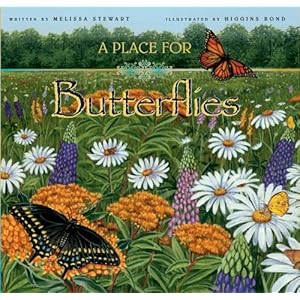Problem and solution text is often difficult for students to recognize. Writers don't always use the exact words "problem" and "solution". Instead, I tell students to look for words like these:
-unfortunately
-however
-developed (often used in the sense of a problem developing over time)
-efforts
-fortunately
-solve (many students don't recognize that solve and solution are related)
-results
Over the last few years, I've realized that I need to teach students to be critical of problem and solution texts. Often, persuasive essays use this structure. A reader needs to think, "Do I believe that this is a problem? Do I believe that these steps will be the best solution?"
Complicating issues is the fact that problem and solution text is often combined with cause and effect. How are these text structures different? If there is no solution, then the text structure is cause and effect. If there is a solution, then it is problem and solution.
Looking for problem/solution pieces? I've written multiple texts for Problem and Solution Texts.


Emily, this was really helpful. Thanks!
ReplyDeleteI just love your "to-the-point" style. I needed exactly what I've found here. Thank you!
ReplyDeletethis was so helpful and very informative
ReplyDelete